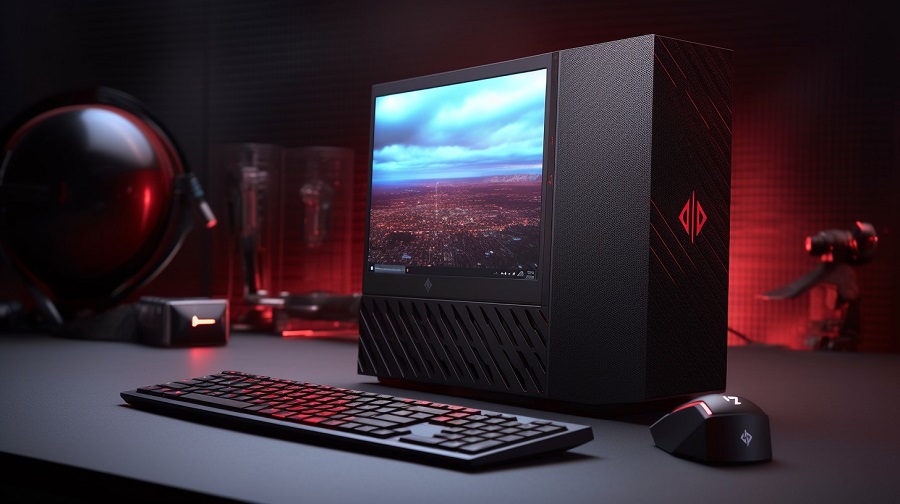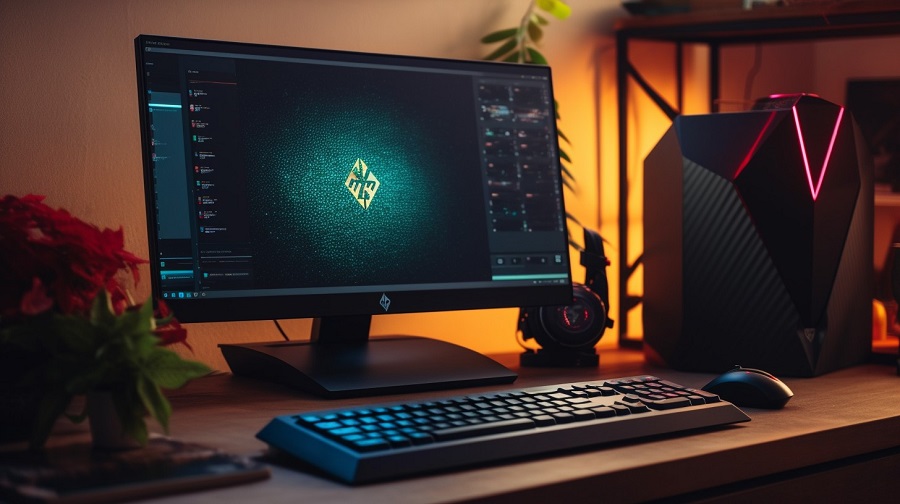
Power Meets Affordability: Building a High-Performance Computer on a Budget
Computers have become indispensable in today’s digital age. Whether for gaming, content creation, or professional tasks, a powerful computer is essential. However, high performance often comes with a hefty price tag. But what if you could have the best of both worlds – a robust computer without breaking the bank? This guide will lead you through the steps to build a powerful, yet budget-friendly computer.
Components Selection: The Heart of Your Build
Processor (CPU)
While top-tier CPUs can be expensive, many mid-range options offer excellent performance for their price. Brands like AMD offer processors with multiple cores that handle multitasking efficiently without costing a fortune.
Graphics Card (GPU)
You don’t always need the latest GPU on the market. Previous generation cards or mid-range options can handle most tasks and games at reasonable settings. Wait for sales or opt for slightly older models to get the best deals.
Memory (RAM)
Opt for at least 16GB of RAM, but don’t rush for the most expensive ones. Reliable brands often offer budget-friendly variants that work efficiently for most tasks.
Storage Solutions: Speed and Space
SSDs over HDDs
While SSDs can be pricier than HDDs, they offer significant speed improvements. Opt for a combination: a smaller SSD for the operating system and frequently used applications, and a larger HDD for storage.
Optical Drives
Modern builds often skip optical drives, saving costs. However, if you require one, there are affordable options available. Consider external drives for occasional use.

Final Touches: Case, Power Supply, and Cooling
Case
While tempting to get a flashy case, budget builds benefit from simpler, functional designs. Ensure good airflow and compatibility with your components.
Power Supply (PSU)
Never skimp on the PSU. Choose a reputable brand with 80 PLUS certification for efficiency. Estimate your power needs and opt for a slightly higher wattage to ensure stability.
Cooling Solutions
Good cooling is crucial. Air coolers are usually more affordable than liquid solutions and suffice for most budget builds. Ensure your case supports adequate airflow.
Conclusion: Building Smart for Power and Savings
The Balance
Building a powerful yet affordable computer is all about balance. Prioritize components based on your needs, keep an eye out for deals, and be willing to make small compromises for significant savings.
Future Upgrades
Remember, one advantage of building your PC is the potential for future upgrades. Start with a solid foundation, and as funds allow, you can enhance your system piece by piece.





